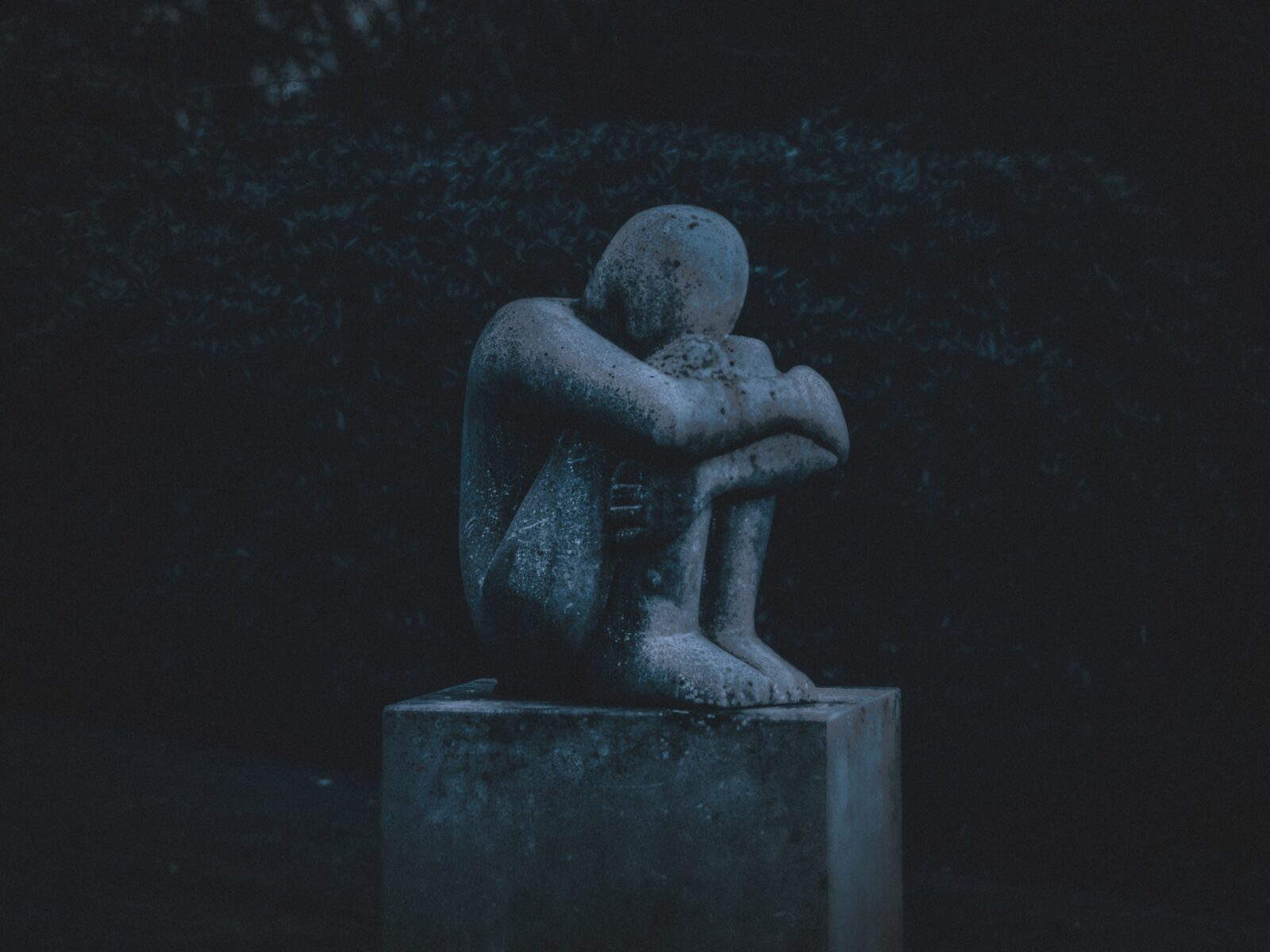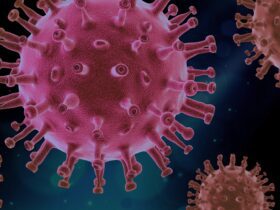As we enter the second year of the pandemic, Americans are struggling with a variety of mental health conditions, including anxiety, sadness, and post-traumatic stress disorder.
Doctors have coined a new phrase to describe the nation’s decreasing mental health, especially as it applies to individuals who are less resistant to loss than others.
It’s been labeled “prolonged grief disorder.” It’s defined as when a person’s grief grows stronger and stronger with every single day following the loss of a loved one.
But how long does someone have to be depressed before they are diagnosed?
“With this new disorder, the line of demarcation is … you can’t diagnose it until after a year goes by. That doesn’t mean that other things couldn’t happen in the meantime — like, someone could have an episode of depression … or just have the normal sequelae that comes with grief,” explains mental health counselor Kimble Richardson.
According to predictions, around 16 million mourning family members would be left behind during COVID-19. When others outside of the deceased’s direct relatives are included, the number might be considerably higher. This unfortunate fact is made worse by the coronavirus’s limits on burials and other mourning rituals that can aid the bereaved in finding closure.
For example, it’s apparent that long-term mourning varies from melancholy and depression. Emotions run high for folks who have been grieving for a long time. They have a strong yearning for their loved one and are preoccupied with recollections of them.
This new wave of PGD will require a coordinated reaction from mental health specialists. It is critical to concentrate not only on the close relatives of the deceased but also on good friends and other relatives who require mourning care. Furthermore, because the form of loss is typically linked to grief symptoms, more research into how the COVID-19 pandemic has changed people’s perceptions of death and grief is needed.











Leave a Reply